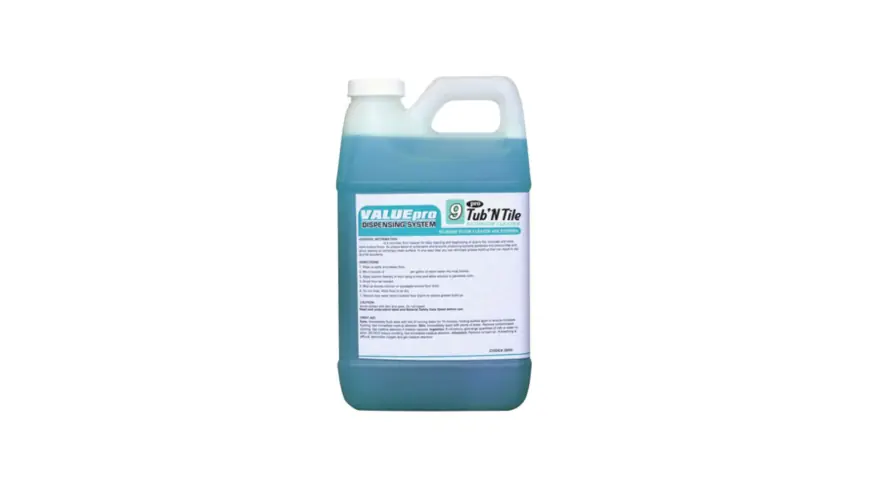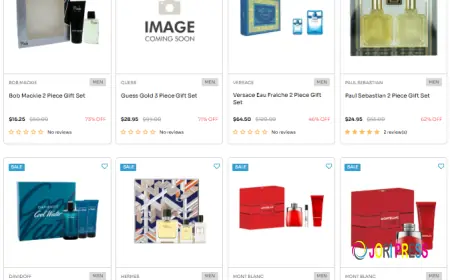How to Use Quaternary Ammonium Sanitizer Safely and Effectively

Some surfaces that look clean can still carry harmful bacteria. That’s why using a quaternary ammonium sanitizer isn’t just useful—it’s necessary. These sanitizers are widely used in food processing areas, schools, hospitals, and other high-touch environments where hygiene isn’t optional.
But many people either overuse or underuse these products, which can lead to ineffective cleaning or unwanted exposure. Understanding how to use a quats sanitizer properly is one simple way to keep surfaces safe, people protected, and sanitation standards in check.
Understanding What a Quaternary Ammonium Sanitizer Is
A quaternary ammonium sanitizer—often shortened to quats sanitizer—is a chemical disinfectant that kills bacteria, viruses, and other germs on nonporous surfaces. You’ll often find it in use across commercial kitchens, medical facilities, schools, and other areas that require frequent surface cleaning.
Unlike harsh bleach-based disinfectants, quats are less likely to cause strong smells or corrode surfaces. That’s a big reason they’re preferred for daily use in environments where both safety and surface preservation matter.
The Right Way to Mix and Use the Product
Each sanitizer comes with clear directions on how much to dilute with water. Following this exactly is critical. Adding extra concentrate won’t make it stronger—it might make it hazardous. Under-diluting can also make the solution too weak to sanitize properly.
For example, if a label says to use one ounce per gallon, don’t guess. Use a proper measuring tool. Once mixed, transfer it into labeled spray bottles if needed, and store it in a clean, cool place away from direct sunlight.
Applying Quats Effectively: Don't Just Spray and Walk Away
Before using any quaternary ammonium sanitizer, make sure the surface is visibly clean. Dirt and grease can reduce its ability to kill germs.
Once the surface is pre-cleaned, apply the sanitizer evenly. Let it sit for the full contact time listed on the label—usually between five to ten minutes. This contact time allows the product to break down pathogens. Some surfaces may need to be air-dried; others might require a rinse if they come into contact with food.
Skipping any of these steps can reduce how well the sanitizer works.
Where Are Quats Most Useful?
These sanitizers are extremely versatile. They work well on tables, chairs, bathroom fixtures, prep counters, and most nonporous equipment. They are also safe for use in daycare centers, locker rooms, and healthcare areas, making them a go-to cleaning solution for many industries.
That said, always check the product label before using it on delicate materials like upholstery or painted surfaces. While quats are generally gentle, each formula varies.
Creating Safer Cleaning Routines in the Workplace
In fast-paced work environments, it’s easy to take shortcuts with cleaning. But safety should never be rushed. Regular staff training on how to properly use quats sanitizer can prevent accidents, overuse, and health concerns.
Also, using test strips to monitor the sanitizer concentration helps ensure the solution is still active and effective. Over time, diluted solutions can lose strength—especially if stored incorrectly.
Labels should always be clear. Avoid pouring quats into unlabeled bottles or using old containers, even if they "seem fine." Small steps like this help create long-term hygiene compliance.
Why Contact Time Really Matters
Many users spray a quaternary ammonium sanitizer and wipe it off too soon, thinking the job is done. But if the surface dries too quickly or is wiped before the recommended time, bacteria and viruses may not be fully killed.
Understanding and respecting contact time—usually stated clearly on the product label—is key to getting the full disinfecting benefit. Rushing this step weakens the effectiveness of even the best quats sanitizer. For reliable results, always time your application with a clock or timer, especially in regulated environments like kitchens, clinics, or processing areas.
Safe Storage and Handling Tips
Once mixed, store the solution in a cool, shaded area—preferably in bottles with secured caps and clear labels. Keep all containers away from direct sunlight, heat, or food prep areas. For concentrated forms, gloves should always be used when handling to protect your skin.
Never mix quats with other cleaners, especially bleach. Doing so may create harmful chemical reactions. Stick to the instructions and avoid experimenting with combinations.
Final Thoughts on Choosing the Right Product
Using a quaternary ammonium sanitizer the right way can make a noticeable difference in how clean and safe your environment truly is. From food service to healthcare, quats provide effective, reliable disinfection when used according to guidelines.
For consistent hygiene and workplace safety, using the right sanitizer matters. That’s why starting with a high-quality quaternary ammonium sanitizer from Encompass Supply Solutions is the smart choice.
What's Your Reaction?
 Like
0
Like
0
 Dislike
0
Dislike
0
 Love
0
Love
0
 Funny
0
Funny
0
 Angry
0
Angry
0
 Sad
0
Sad
0
 Wow
0
Wow
0


















































